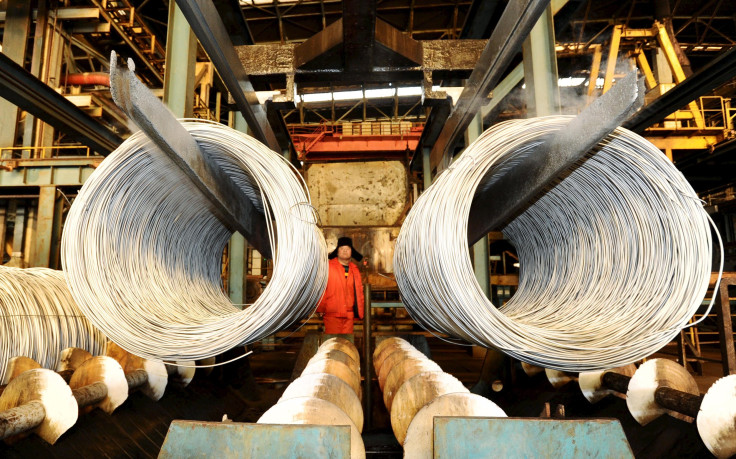China PMI Growth Slows In April But Economy Still Expanding

China’s purchasing managers index (PMI) for the manufacturing sector slowed to 50.1 in April, down from 50.2 in March, but marked the second consecutive month of factory activity expansion, which contracted for a record seven consecutive months till February. Non-manufacturing PMI for April also fell to 53.5 from 53.8 in March, official data released Sunday showed.
A PMI reading of over 50 indicates growth in the sector, and conversely, a reading of less than 50 signifies a contraction.
Within the manufacturing sector, production and new orders — which account for 25 percent and 30 percent to the overall PMI respectively — had the strongest showings of 52.2 and 51 each. The production index was down 0.1 from March, while new orders fell 0.4 compared to the previous month.
A median forecast, based on a Reuters poll of 28 economists, expected the manufacturing PMI to rise to 50.4 in April.
The slower but strong growth of the non-manufacturing index was supported by the services industry, which includes retail, aviation and railways and software, among others. It showed a reading of 52.5 in April, down from 53.1 in March. However, construction activity, also a part of non-manufacturing PMI, increased in April to show a reading of 59.4, up from 58 in March.
The survey of manufacturers — which forms the basis of this data — is an important indicator of the health of the economy.
While the continuing growth in the Chinese economy — the world’s second-largest — is encouraging, analysts also expressed their disappointment at the slower growth rate.
In a note, Zhou Hao, senior emerging market economist at Commerzbank in Singapore, wrote: “To some extent, this hints that recent China enthusiasm has been a bit overpriced and the data improvement in March is short-lived.”
© Copyright IBTimes 2024. All rights reserved.





















